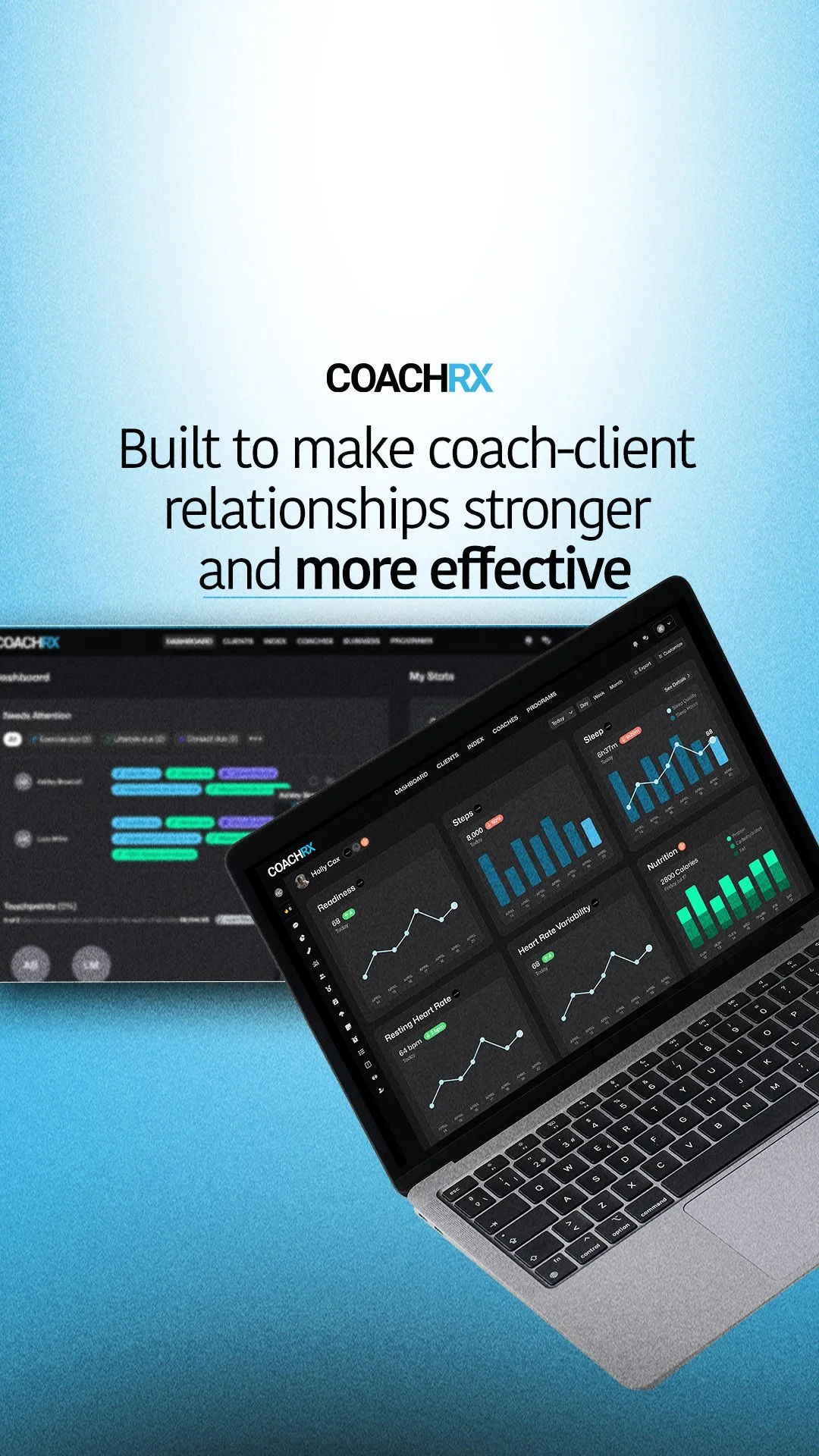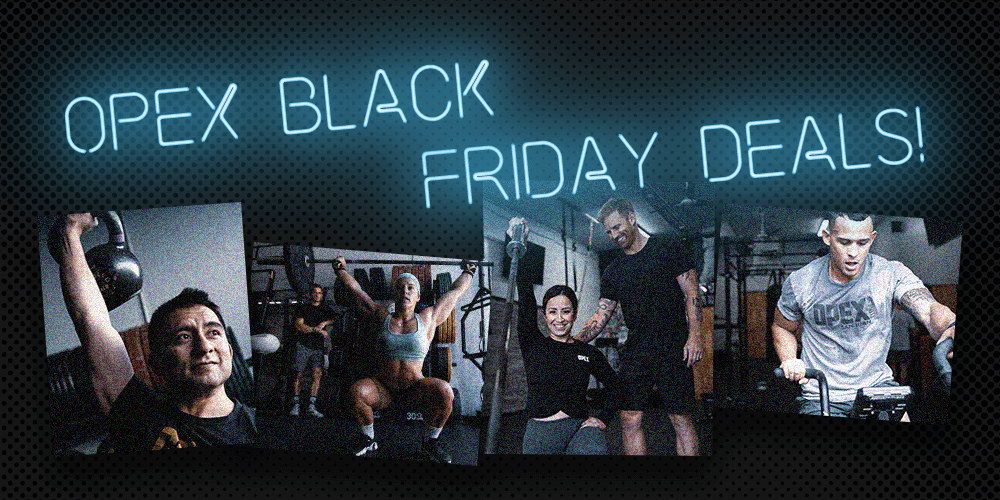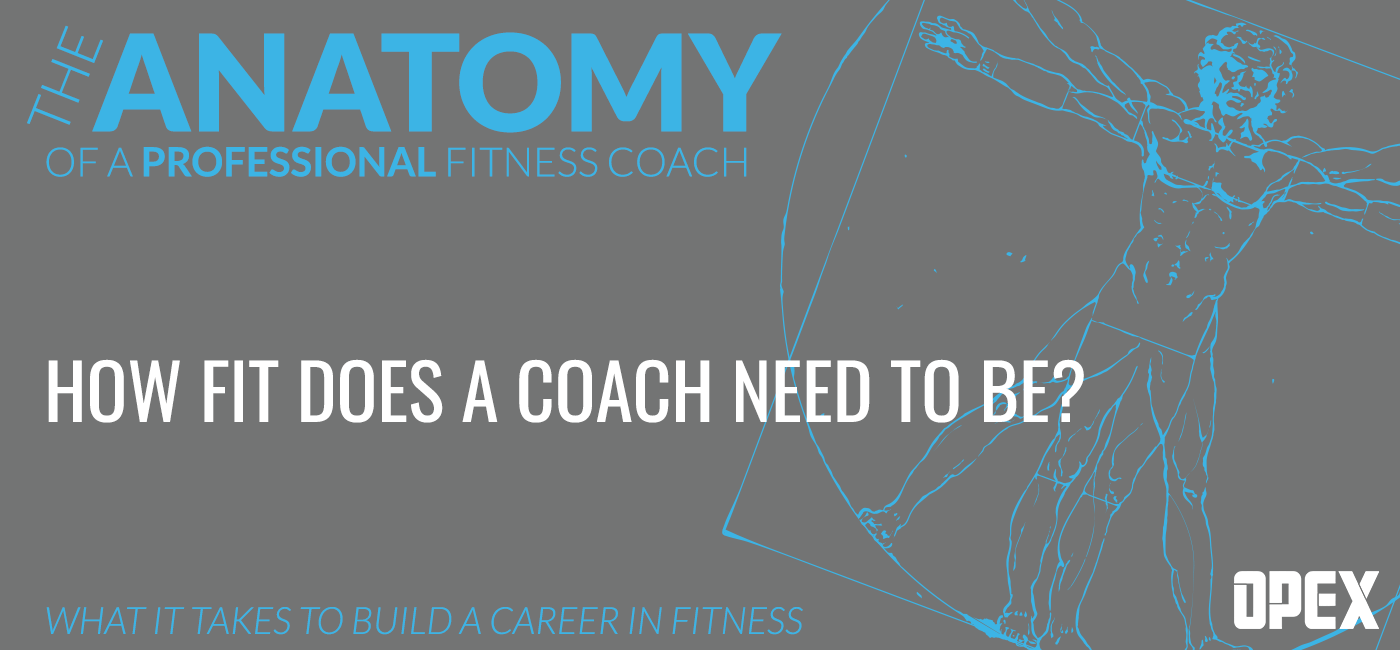THE BLOG
For the well-read coach.
Explore articles from the OPEX team on topics ranging from program design to nutrition to fitness business. With blogs added regularly, there’s always something new to learn!
Search the blog
COACH MONICA LEWIS SAYS ROI FROM OPEX IS QUICK AND EASY
Before she knew it, she was helping relieve coaches at OPEX Morgantown and decided she wanted to take her coaching to the next level. And when Smith told her that the OPEX Coaching Certificate Program (CCP) was “more informative, educational and beneficial” than her exercise science college degree, Lewis had no doubt the CCP was the course for her.
WHY COACH JEREMEY TATE NOW SEES A LIGHT THE END OF THE TUNNEL
I don’t want to quit, but I can’t keep coaching how I'm coaching. What can we do to make it more sustainable?
PURPOSE BEFORE PROSPERITY AS A COACH - BY CARL HARDWICK
The hardest thing for most coaches is to identify their purpose. However, it’s an essential one. The first step in having long-term success is to understand why you do what you do.
VALUE & VALUES - BY CARL HARDWICK
If you can work to understand this with your prospects, selling yourself as a coach becomes easier and much more genuine. When you’re selling your service to potential clients, always think about the value you bring and how you can connect that to what they value.
THE MODEL WARS - BY CARL HARDWICK
I can speak for individual design confidently that it produces autonomous clients, connected and aligned clients, results the individual is looking for, a coach/client relationship, and a program that prioritizes the biggest priorities with prescriptions that the individual is capable of.
WHY CREATE AUTONOMOUS CLIENTS? BY CARL HARDWICK
It’s something that most coaches can get on board with from an ideological standpoint, but is undeniably a scary concept when speaking to coaches that have been told “retain retain retain” their entire professional coaching careers.
OPEX BLACK FRIDAY DEALS ARE LIVE!
This is by far the biggest discount we’ve ever offered on any of our products, and to be honest, we’ll likely never do it again. But this year we wanted to pull out the big guns and give you a chance to put your Black Friday money to something that is ACTUALLY going to help you in the long-term.
THE BEST PROGRAMMING PLATFORM FOR FITNESS COACHES AND TRAINERS
To grow a successful coaching business you need to balance both the art of coaching—delivering high quality programs, building relationships, and getting great results—with managing your client list, finances, marketing, and operations.
RECESSION-PROOF YOUR COACHING PRACTICE
None of us are immune to the economic climate around us, which is why it’s essential to take a proactive approach to building resilient coaching practice that will stand the test of time, regardless of what the world throws at you.
WHAT IS A PROFESSIONAL FITNESS COACH? ANATOMY OF A FITNESS PRO PT. 1
We want you to take the same focused approach and apply it to how you think about your coaching career. To help you understand the traits you need to be a successful coach, we’ll be answering the most common questions we get, from knowledge to routines to your own fitness level.
HOW FIT DOES A COACH NEED TO BE? ANATOMY OF A FITNESS PRO PT. 2
You can absolutely fit the definition of a fitness coach that we proposed yesterday without any of these physical traits. Some of the best coaches we know are NOT talented athletes, don’t have perfectly defined abdominal muscles, and work with individuals who far exceed their own athletic abilities.
HOW MUCH EXERCISE SCIENCE DO I NEED TO KNOW? ANATOMY OF A FITNESS PRO PT. 3
So as we continue to dissect the Anatomy of a Professional Fitness Coach, we wanted to take on some misconceptions about, well, anatomy (and exercise science broadly) and how much a coach really needs to know.
WHAT MODEL OF FITNESS SHOULD I COACH? ANATOMY OF A FITNESS PRO PT. 4
While we work with coaches coming from all models of fitness who want to improve their knowledge and program design principles (our CCP mentorship groups are made up of a mix of all of the above!), the OPEX system of coaching that we teach is the one we believe leads to the greatest success for coaches and their clients.
HOW SOCIAL MEDIA SAVVY SHOULD I BE? ANATOMY OF A FITNESS PRO PT. 5
The reality is that for most small fitness business owners and coaches, relationships, results, and a referral-based approach to marketing will be the most important factor in bringing in qualified leads.
HOW COMPLEX DOES MY PROGRAM DESIGN NEED TO BE? ANATOMY OF A FITNESS PRO PT. 6
Scrolling through their social media and blogs, impressed by the creative exercises and advanced protocols, while also somewhat overwhelmed by what seems like an unattainable level of knowledge and programming skills…
HOW MUCH SHOULD I BE MAKING? ANATOMY OF A FITNESS PRO PT. 7
It takes patience, consistency, and time to grow your client load. This is the journey you sign up for when you become a fitness coach, so you have to approach it with a growth mindset.
PROGRAM DESIGN: WHY IT'S IMPORTANT TO INDIVIDUALIZE
Every client is physically unique, and are in different stages of physical and motor development. Therefore any program that falls short of being 100% tailored to their values, priorities, and needs, simply will not be effective.
TRAINING THE TACTICAL ATHLETE
The big picture responsibility of the tactical athlete is to serve and protect. In fighting to defend their country this population is under stressors most people (thankfully) could never imagine. It is important to clearly separate the call to duty with current fitness marketing language around tactical training—we’re not talking general population or athletes playing a game.
HOW TO PROGRAM ALL THREE ENERGY SYSTEMS
These three energy systems are the umbrella covering all aspects of effective program design. It can’t be understated how valuable a concrete understanding of these systems are for program design mastery. If you can identify the key elements that distinguish these three categories, you will become capable of ensuring great balance and integration of all three elements for the client. If you don’t spend enough time learning and identifying the pieces that go into each category, you will have a difficult time blending pieces together in a coherent fashion. Spend time practicing and classifying various movements and sequences of movements into each category until you feel confident in your ability to distinguish between the three.
























